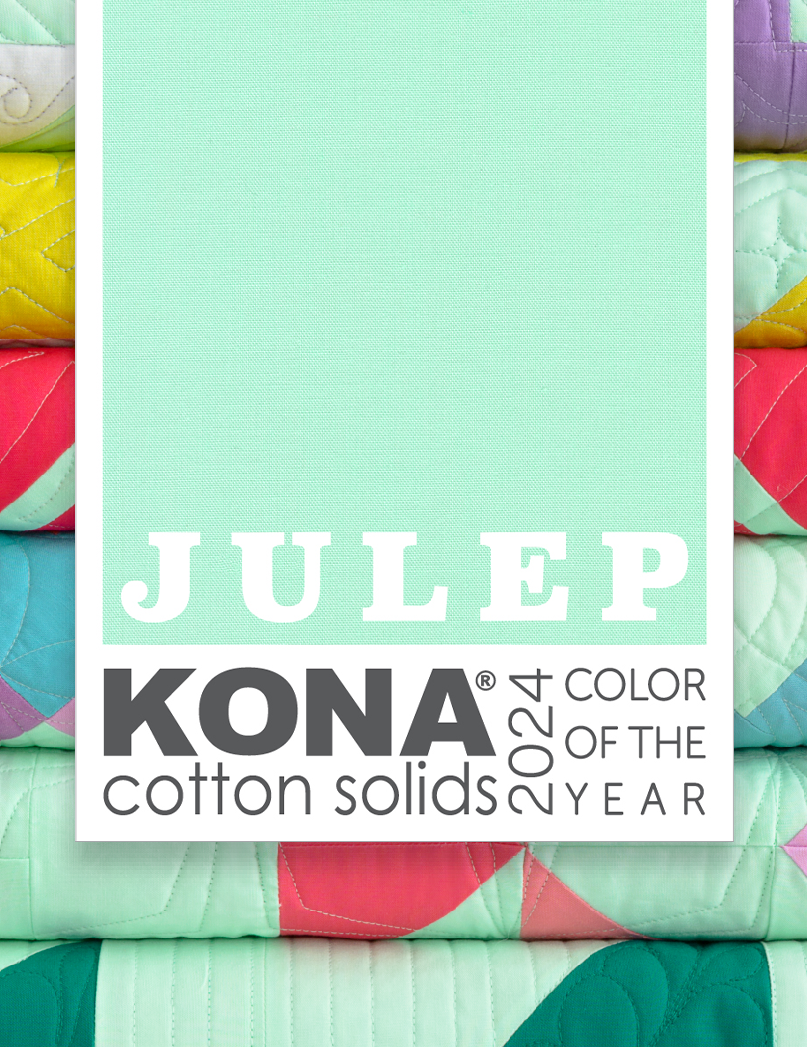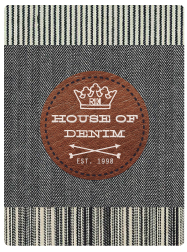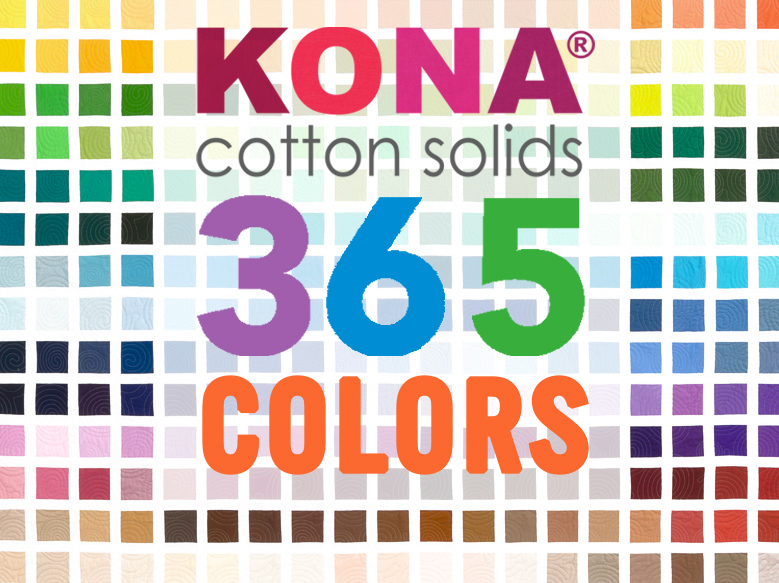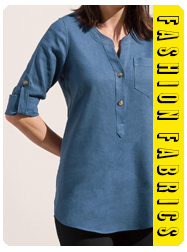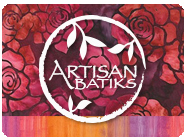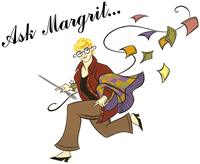What's New!
Quilting Questions Answered
The e-Forum column is dedicated to you, the quilter. I would like to encourage you to participate in the e-Forum by submitting any events, thoughts, questions and hints to “Ask Margrit” and submitting your information via e-mail. If you submit information regarding quilting events in your area, we will post as many as possible. Please submit at least 2 months prior to the event.
In this Spring 2007 edition of Ask Margrit:
For this first question, I would like to also pose it to the readers of Ask Margrit. It is an intriguing question, and I have offered one possible solution. I would also like to get your suggestions as to how you might solve the problem. E-mail me your ideas and I will pass them along.
Q: I found a quilt pattern that I fell in love with, but in reading the yardage requirements it says blues, 4 fat 1/8's 8b from dark, 24b from each remaining value. I don't understand the word fat. What is the meaning of it in quilting?
A: A fat 1/8 is 9" x 21". It is 1/2 the width of a regular 1/8 yd of fabric, but it is twice as long, so you are still getting the same amount of fabric. You have a 9" length enabling you to cut larger pieces with a smaller amount of yardage. If you need a piece that is 6" x 14" you would usually have to buy a 1/4 yard of fabric, but you can buy a fat 1/8 yard piece instead. It costs about the same as an 1/8 yard cut, instead of having to pay for a quarter yd. However, not all shops will cut fat 1/8 yd pieces.
A fat quarter is 18" x 22".
Q: I'm doing a machine x-stitch embroidery quilt and the recommendation is for a tightly woven medium weight fabric. Is Robert Kaufman's Kona® Cotton considered a medium wt. fabric? If not what oz. wt. / yd. should I look for?
A: The Kona® Cotton should work fine for your embroidery quilt; it is a high thread count cotton. I have friends who have used a good quality quilting cotton and the embroidery came out great.
Q: I am currently very engrossed in Elly Sienkiewicz's Baltimore Album quilts and I just love the hand appliqué challenge. My question, where do I find good washable ink marking pens?
A: Most quilt shops and fabric stores such as Jo-Ann should carry them. If you use a blue water soluble pen, you need to make sure you wash the quilt (not just spray it with water) when you are through to remove any of the blue markings or they will keep reappearing on the surface of the quilt. Do not use detergent as it will set in the blue markings on the fabric. I like to use an artist's 3B graphite pencil to lightly mark my quilt top. It will come off with a regular white eraser (Do not use a colored eraser). Hope this helps.
Q: I have a question about echo quilting. Can you give me a guide on what is the best spacing for this type of quilting? Thank you.
A: It depends on the quilt, but a good guide would be between 1/4" to 1/2" and no more than 1".
Q: I want to store quilts and have heard that you can use the long "noodle" sponge-type floating devices to wrap your quilts around and then cover the quilt with cotton. I am concerned about the chemical contents of the noodles and whether anything would harm the quilt. If I wrap the noodle in cotton first, is that enough insurance that some type of chemical won't hurt my quilt fabric? Should I wrap my noodle in some type of plastic first and then in cotton before wrapping the quilt around it, or is that creating the same problem?
A: I do not know the chemical make up of the noodle, but I'm not sure I would want to use it. I know some quilters use a large cardboard tube, like wrapping paper is rolled on, covered with fabric to roll their quilts, but they are not large quilts. I roll some of my larger quilts around a small roll of leftover batting.
Q: I would like to know how to join two pieces of batting. Do you butt the batting and serpentine stitch, or should I overlap the batting and then use the serpentine stitch?
A: Do not overlap the batting as it will create a lump in your quilt, you should always just butt the edges together and stitch together by hand or by using a large zig-zag stitch on your sewing machine.
Q: I have made 3 tee-shirt quilts. The first one was made with new shirts and was a beautiful Harley Davidson quilt. It had 8 shirts and it went smoothly for me. The next one I made had old shirts. I washed them first to get out the fabric softener as I was told the shirts wouldn't stick to the backing that you iron on. Well, they didn't stick anyway! I made one more and it was also from old shirts and they didn't stick either. Is there a way to fix that at all? What has happened?
A: I spoke with several people who have made T-Shirt Quilts and they said they used a light weight fabric fusible interfacing on the back of the T-Shirts. They said they did not have a problem with the interfacing not sticking to the shirts. If you still have a problem, you might try to stay-stitch close to the edge around the shirt to help hold the interfacing in place.


 All Fabrics
All Fabrics Precuts
Precuts Patterns
Patterns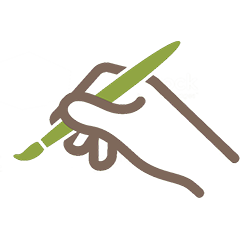 Designers
Designers Manufacturers
Manufacturers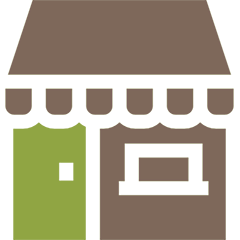 Where to Buy
Where to Buy Customers Only
Customers Only New customers
New customers